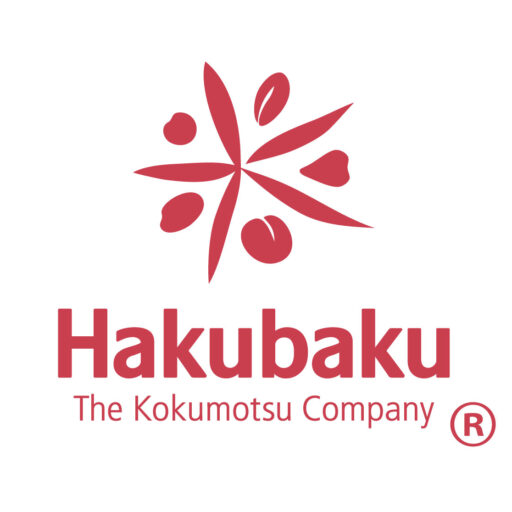Get a personal tour how Japanese noodles are made at our factory in Japan from @paolofromtokyo
See how Japanese noodles are made at our factory in Japan. Get to know all the ramen, somen, udon and baby noodles production up close!
How Japanese noodles are made.
Some examples from Wikipedia:
Ramen are thin, wheat-based noodles made from wheat flour, salt, water, and kansui, a form of alkaline water. The dough is risen before being rolled. They were imported from China during the Meiji period. How it made the jump from China to Japan is still under debate, but it’s generally accepted that in 1910 a Chinese restaurant in Yokohama started serving a dish known as lamian.
Soba is a noodle made from buckwheat and wheat flour. Soba noodles are available dried or fresh. They may be served with hot broth or cold with dipping sauce (tsuyu). Examples of soba dishes are zaru soba (chilled), kake soba, tempura soba, kitsune soba, and tororo soba. Although the popular Japanese dish Yakisoba includes “soba” in its name, the dish is made with Chinese-style noodles (chūkamen).[4]
Sōmen noodles are a very thin, white, wheat-based noodle. They are usually served chilled in the summertime with dipping sauces although they may be used in soups and other hot dishes. Sōmen noodles are very similar to hiyamugi and udon noodles, only they are thinner (about 1.3mm in width). Sōmen requires oil in its manufacture. During the summer months Japanese consume chilled sōmen to stay cool.[1]

